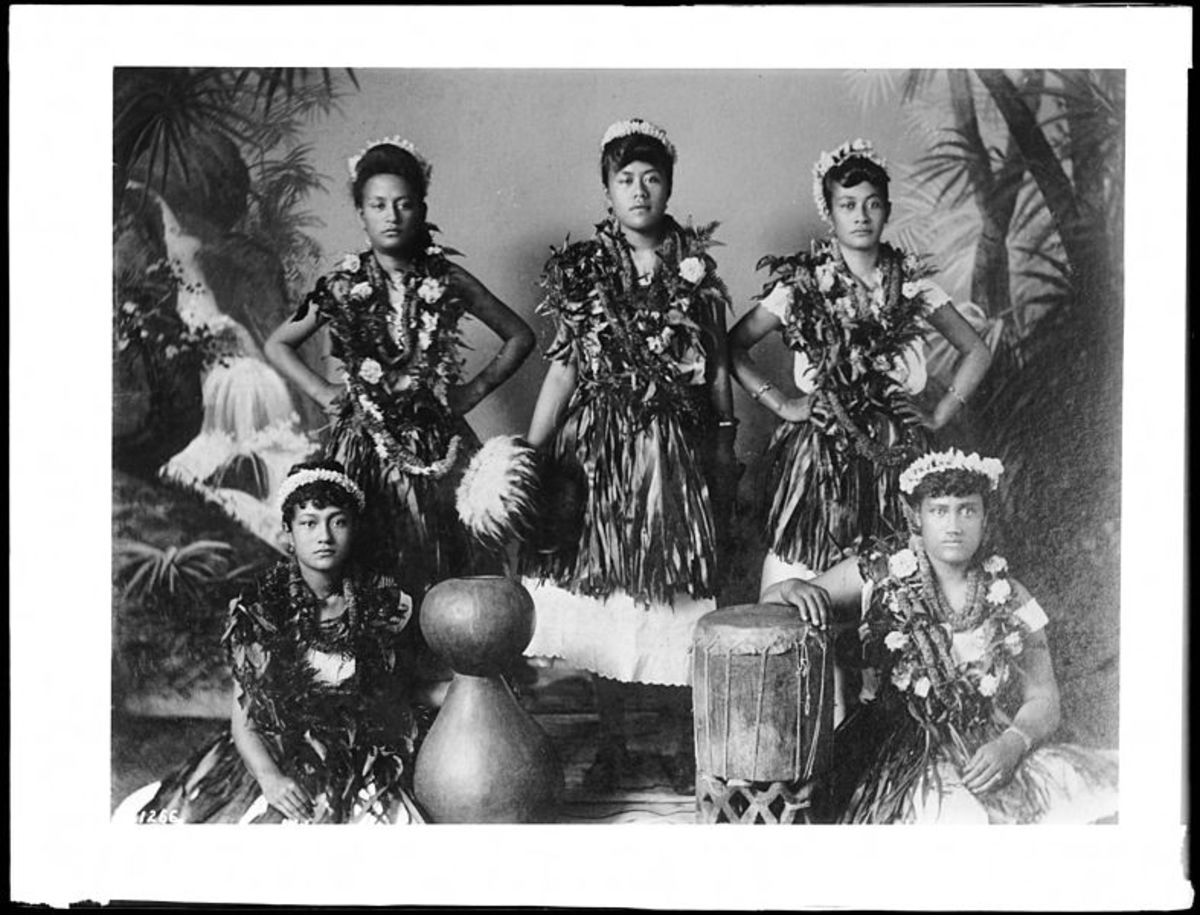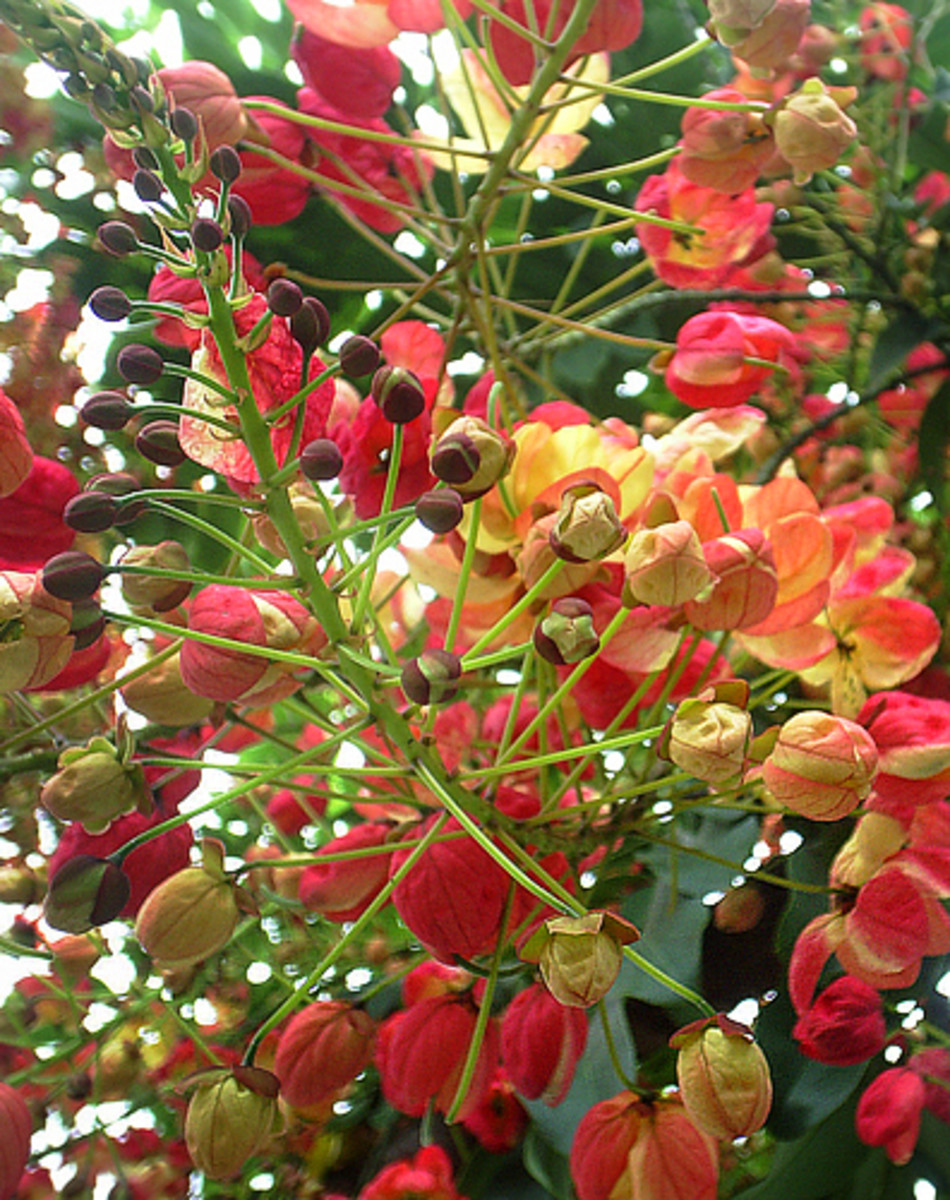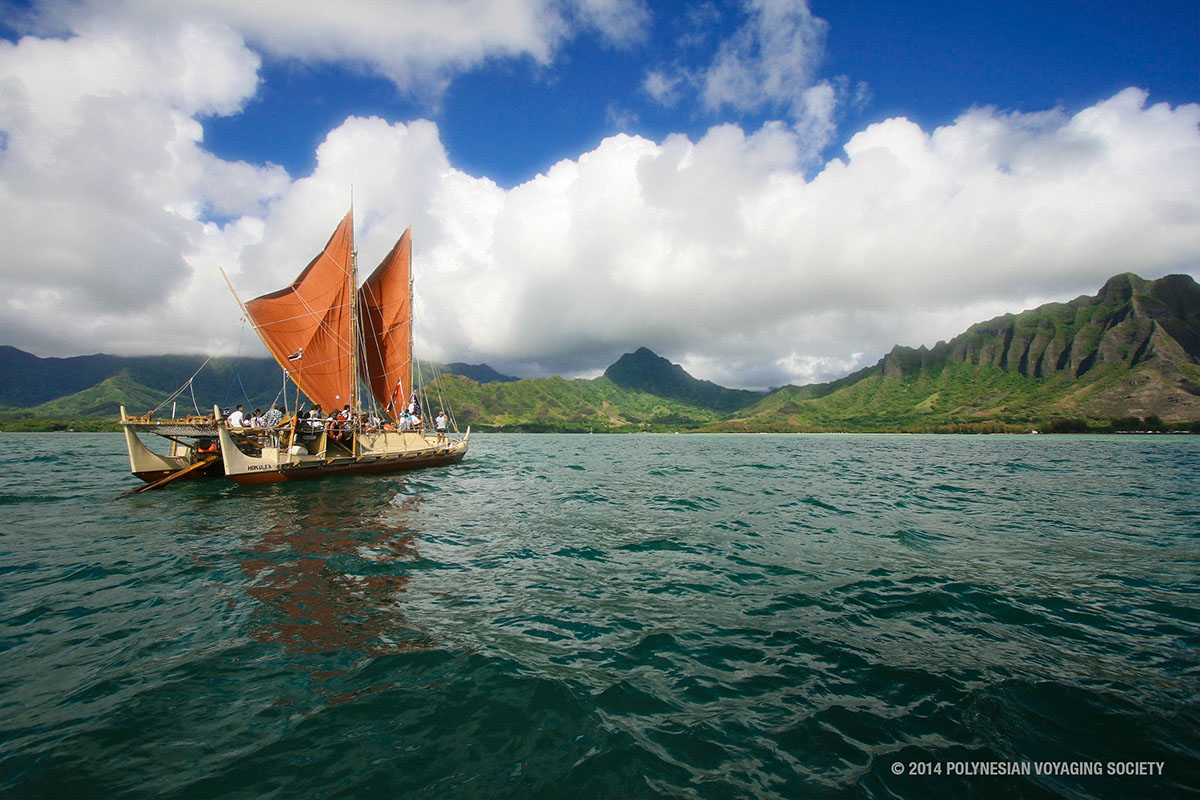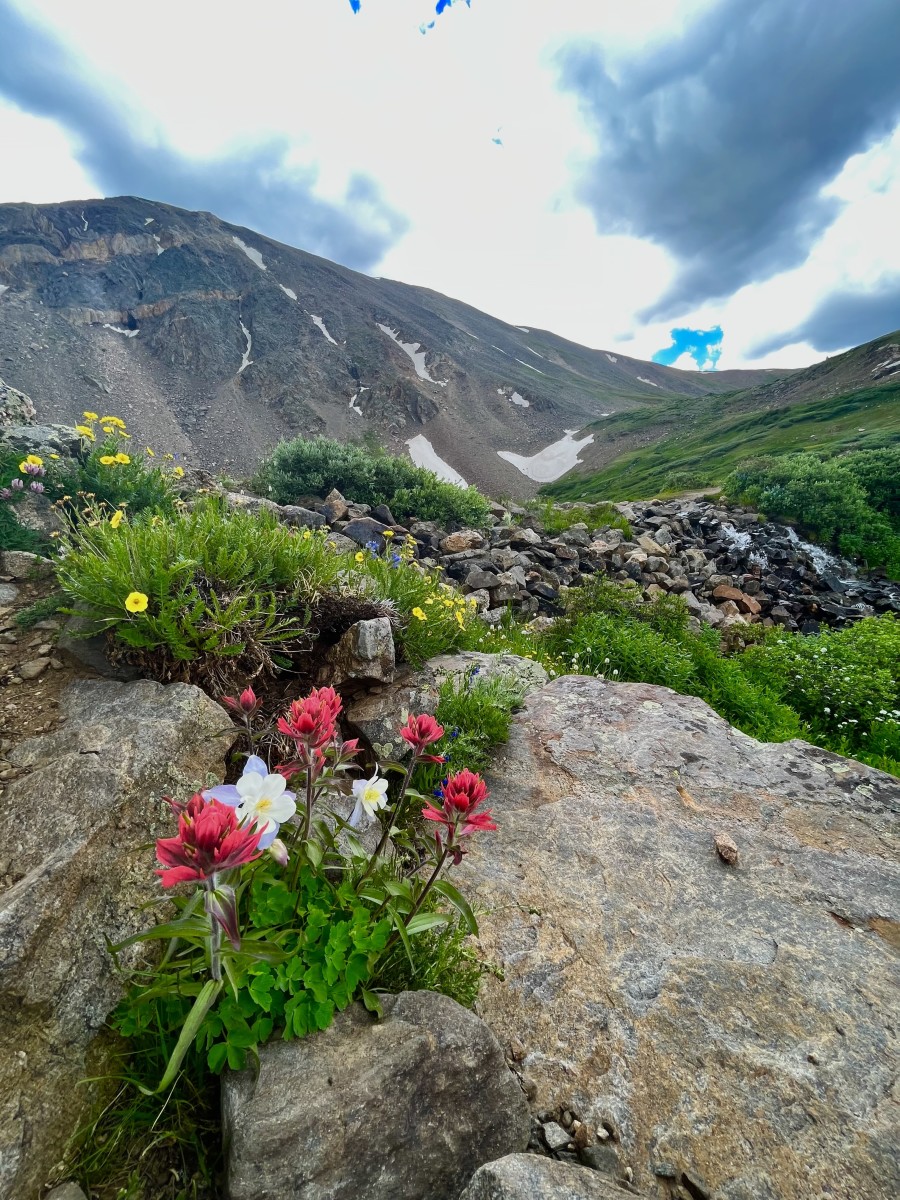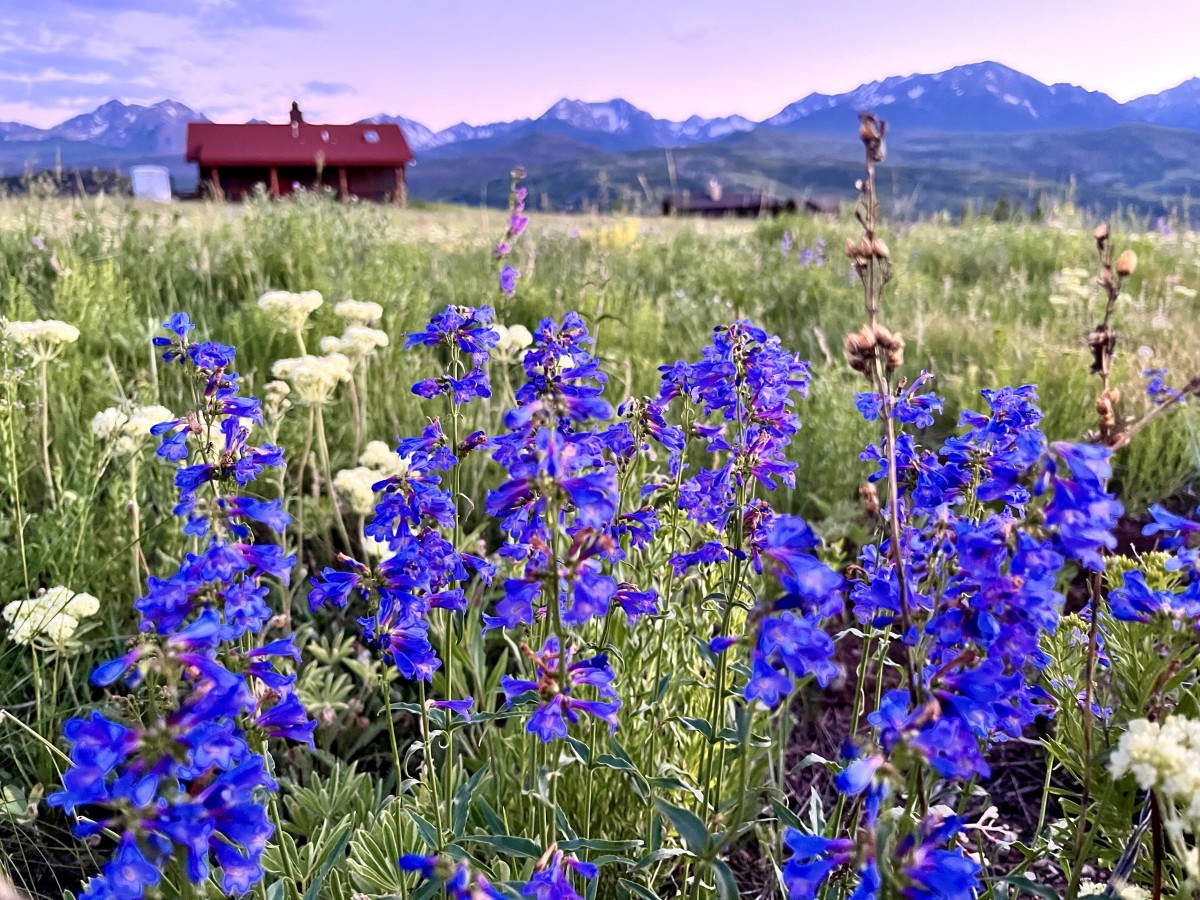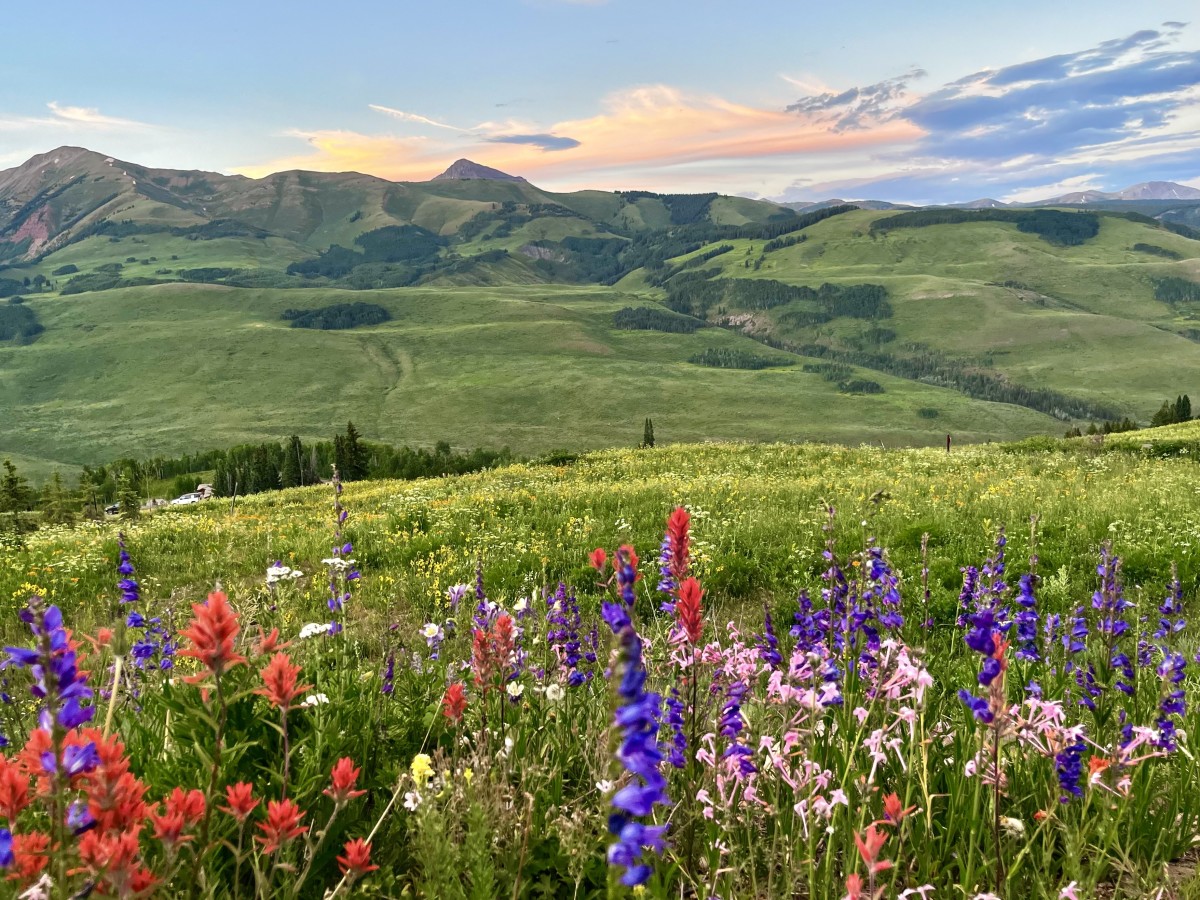Hawaii is My Favorite State - 10 Reasons Why
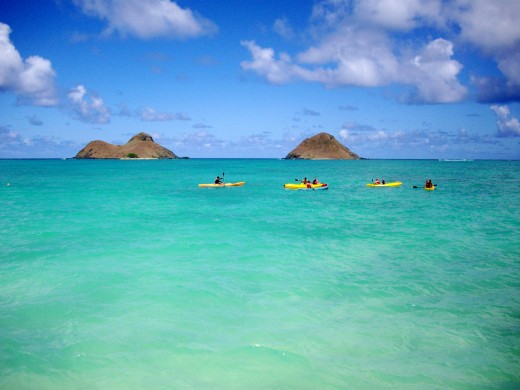
Hawaiʻi recently made national headlines when Public Policy Polling announced their findings on American's impression of the 50 states. The October of 2011 poll surveyed voters over a four month period and on February 21st, Hawaii was announced as American's favorite state. I have been living in Hawaiʻi for the last 24 of my 53 years. My experience residing in Virginia, Connecticut, and Arkansas, although pleasant was no comparison to the every day joy of living in the rainbow state. For me Hawaiʻi, USA's 50th state, wins by a landslide. Here are my top ten reasons why.
1. Culture
While the number of Hawaiians has dwindled down to 10 percent of Hawaii's population, the native Hawaiian culture is strong and vibrant in the islands. Place names are mostly in Hawaiian. The average tourist twists their tongue pronouncing vowel ridden but historically symbolic town and street names. The Hawaiian alphabet has 12 letters which combine with diacriticals to depict the lyrical language. Kamaʻāinas or long time residents like myself continue to discover the nuances of this wise, ancient oral, but only recently written language.
According to the 2010 U.S. Census Asians account for 38 percent of Hawaii's population, Caucasains 24 percent, Hispanics 9 percent, and African Americans 3 percent. Many people are a mixture of these with 23 percent having some Hawaiian blood. Hawai'iis the most ethnically diverse state in America. This international melting pot makes for a rainbow of ethnic lifestyles and perceptions.
In the mid 1800s to mid 1900s Hawai'i was economically controlled by the Big Five. Five companies owned by missionary descendants produced sugar and built railways to transport it. Hawai'i was yet to become a state, and the Big Five, finding themselves at a loss for labour imported influxes of Chinese, Filipino, Japanese and Korean immigrants to work alongside Hawaiians in the fields. Working conditions were deplorable with management encouraging a racial caste system as a way of increasing production. Ironically this led to the development of pidgin, a creole that workers used to communicate with each other, and eventually organize a protest group. The sugar plantations would shut down as they became economically unfeasible, but many islanders still speak Hawaiian pidgin.
Although Hawaiian language is taught in the public schools, some say it is no longer being spoken in Hawaiian homes, and express concern that the language is dying. I believe Hawaii's musicians will keep that from happening. If you come to O'ahu for a visit turn your dial to 105.9 KINE, you will hear new and old local artists singing hawaiian songs in a unique style.
Hawaiian Slack Key
2. Music
Hawaii's diverse culture and unique history as an independent nation has led to a local style of music I find amazing. Falsetto hawaiian voices, ukeleles, and slack key guitars combine to flavor a unique niche in the music world. Slack key guitar and other music festivals are held throughout the year. Historically, this tiny group if islands has contributed hugely to the music world with the steel guitar, slack key guitar, and ukelele. Hawaiian music found popularity on the US mainland in the 1950s. Gabby Pahinui, Loyal Garner and others gained new fans and became local celebrities. Today the unique history of Hawaiʻi can be seen through both song and dance.
3. Hula
Thanks to the Merrie Monarch Festival, most Americans now realize that hula is much more than pretty girls in grass skirts and coconut shells dancing. The Merrie Monarch Festival was named after King David Kalakaua. Kalakaua's conviction that revitalizing traditional culture meant survival of the Hawaiian Kingdom became a major factor in hula's continuity. Held every April on the Big Island, Hawaii's dance groups or hula hālau compete against one another for Merry Monarch trophies, the dance contest is just as popular as little league baseball, if not more so. The hands and facial expression play a key role for dancers and the dances themselves tell the history and culture of Hawaiians. Ladies . . . let's face it - where else in the world do young, handsome flower adorned men dance for you?
4. Climate
Hawaiʻi has two seasons; Winter is from November to April. The winter sees more rain, wind and colder temperatures. One very cold night in January, I was high on a hill and my car's temp gage read 56 degrees/13 celsius. That's the coldest I've seen it. August, September and October are the hottest months, yet we seldom see 90 degrees/32 celsius. Trade winds grace shorelines so often, the heat is seldom noticed. Some people . . . people who haven't lived in Northern Virginia think it's humid. Hawaiʻi is called "The Rainbow State" for a good reason. Rainbows are a weekly phenomenon in certain areas of Hawaiʻi, when sun and rain combine to create beautiful prisms. I have seen a few double rainbows, but never a triple rainbow and of course when I do, I won't have my camera. Gardening is year round. I suffer from SAD or seasonal affective disorder, this malady is a depression that occurs from lack of sunlight. When my plane landed in Oʻahu 24 years ago, I had come from a dark Main Land February. I looked out the sunlit window and thought "this is the place for me."
5. Cuisine
Pineapple, mango, papaya, guava, apple bananas, and kiwis are just some of Hawaii's fruits. Grown in gardens or commercially produced, they flavor many island dishes with their salsas. The Pacific Ocean provides a wide variety of fish. Sushi and poke are found in virtually every grocery store and even a few fast food chains. Poke is raw fish, clam, octopus or squid . . . usually combined with garlic, onion and spices to create a delicious salad. Food from just about every nation is available in the Honolulu/Waikiki area. Coffee, vanilla and cacao beans are produced in Hawaii and nowhere else in the United States. Hawaii is the only US state producing taro. Taro, which grows in Asia as well as other tropical areas is a mainstay of the Hawaiian diet which they pound to make poi. I had the joy of tasting poi straight from the field and fresh after pounding. It was scrumptious and no comparison to the poi you find at local grocery stores or luaus.
6. Health Care
People born in Hawaiʻi, live longer than those born in any other state, men to an average of 77.1 years and women to 82.5 years. The U.S. Center of Disease Control or CDC announced their statistics on American Obesity in 2010 and Hawaii ranked 45 out of 50 for the least obese state. This is most likely due to the year round ability for outdoor activity and the large percentage of asians, who fall at the low end of obesity scales. Hawaiʻi is often used as an example to other states for its compassionate health care system. The state requires employers to insure any workers clocking more than 20 hours per week - perhaps another reason these islanders live longer than other Americans.
7. Flora and Fauna
As an island chain thousands of miles away from any continent, Hawaiʻi has endemic species of flora and fauna seen nowhere else. Water, wind and wings brought seeds that grew into unique plants. The endangered Hawaiian Monk seal is seen only in Hawaiʻi. Humpback whales come to Hawaiʻi in the winter. Sea turtles have gone from an endangered to a protected species here. While it is sad that Hawaii has the greatest number of extinct bird species in the world, most endangered birds are now being studied and protected on The Big Island. Oahu is now host to many winged wonders from round the world.
8. Volcano
Kīlauea on Hawaii's Big Island, is the most active volcano in the world. The Hawaiʻi National Volcano Park sees millions of visitors every year. At night you can see distant red hot lava flowing into the sea. The park has a museum and gift shop, but most amazing are the volcanic steam vents and the lava flow marvels that have become tunnels and bizarre shaped rocks. The gases from the volcano are carried by winds throughout the islands and while sulfur can bring headaches and itchy eyes, it and other chemicals mix with the sun's rays and air to create purple tinted sunrises and sunsets seen nowhere else.
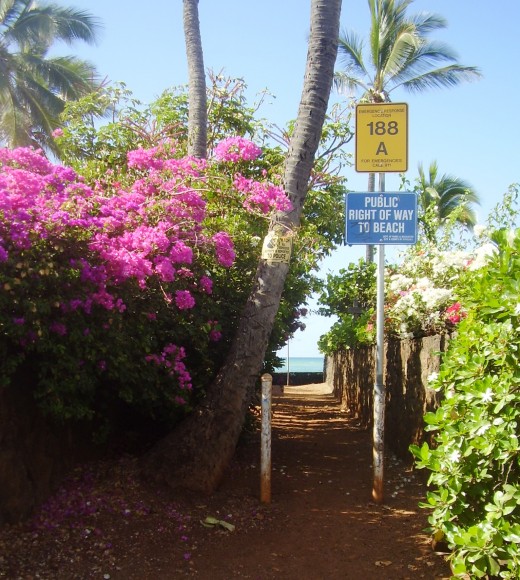
9. Beaches
The Hawaiʻi Supreme Court has repeatedly upheld the public's right to go to the beach. Public access to beach is strongly encouraged in resort and community building plans. Oʻahu, for example has 92 public rights of way that are a lei around the island. These access ways listed by the City and County are marked by bright blue signs. Most lead to public beach parks and priceless panoramas.
10. Aloha Spirit
Hawaiʻi is called the Aloha state for a reason. In Hawaiʻi, you hear aloha all the time and you feel aloha spirit everywhere. Taken literally alo means now and ha means breath, but ha like most hawaiian words has a deeper meaning as well and that is to bring joy. Aloha is about bringing joy to the here and now, to you and me. Aloha means honor, respect and friend. Regardless of the exact meaning, most of Hawaii has aloha spirit most of the time.
You will see aloha spirit on the roads when the driver with right of way waves the driver at the impossible turn to go ahead. This is usually followed by a "shaka" sign exchange between the motorists. The shaka sign is a hand gesture with the pinky and thump extended. Like aloha spirit the shaka sign is another island tradition.


